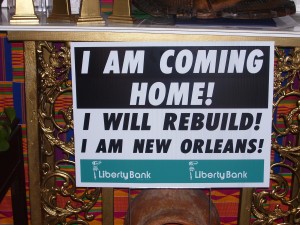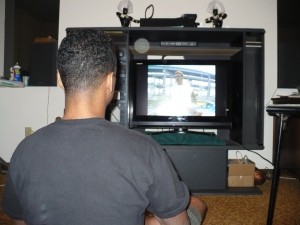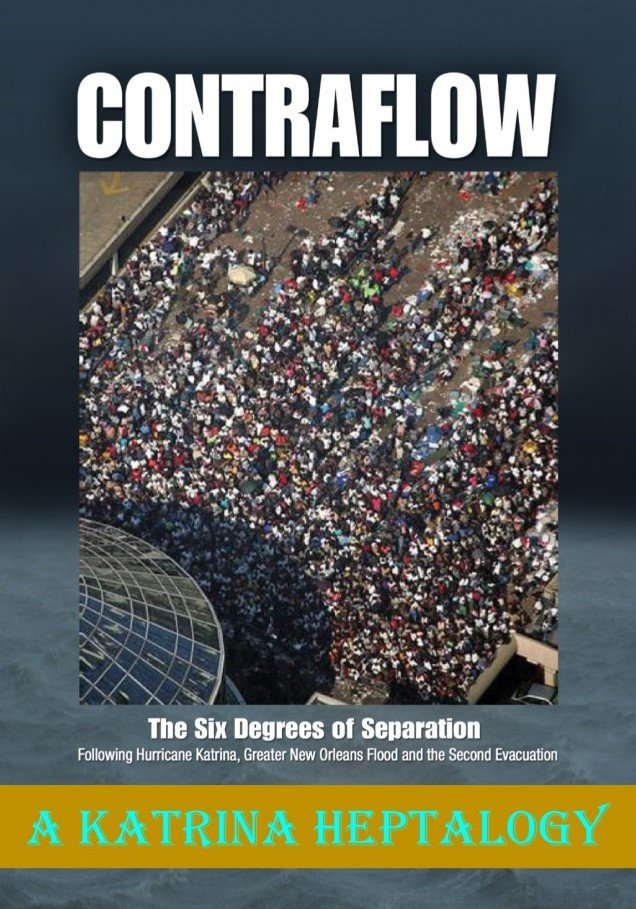
On 11.11.05, I landed in New Orleans for what was scheduled to be a four-day visit. Armed with a video camera, I was given a tour by Mathieu of his devastated hometown. It was a disaster zone like no other. There were tens of thousands of damaged homes and virtually no signs of life.
Eventually, we came upon a “camp” that was bustling with two dozen volunteers. It was the home of a community leader named Dyan French Cole, aka Mama D, who invited me to stay. All I had to do was wake up, turn on the camera and walk outside. People came from near and far to see Mama D. I soon branched out from her home base camp and went on to document the repopulation of New Orleans. I listened to over 1,000 relief workers and returning survivors. It was during this surreal period leading up to Mardi Gras, 2.28.06, that I found myself becoming a literary advocate for the Katrina survivors.
M. Darryl Woods, Lead Researcher
thecontraflow@yahoo.com

I finally had enough after ten days. On 9.7.05, I dropped everything and joined the Karina relief effort. My people in Las Vegas understood this was something I had to do. The plan was to volunteer at Moody UMC in Galveston. But after being told by family members just after landing at IAH that evacuees were heading north to the Heartland, I decided to catch the last flight out to my hometown of Omaha.
I spent the next three days trying to match evacuees in Texas with Nebraskans offering help. One woman said “will you please bring me a family back from Texas?” Then low and behold the last two evacuation flights of New Orleans landed in Omaha on 9.10.05.
Aboard the first plane was a man named Rick Mathieu, Sr., from the Treme area of New Orleans. He and his brother, Manny Mathieu, rode out the disaster on a 7th Ward church annex rooftop using their own boats to rescue neighbors. Rick asked me to help find Manny and document their time in the flood waters. I spent many nights listening to his Katrina war stories and learning the vernacular. Rick returned home on 11.1.05 to check on his 7th Ward and Treme homes. He encouraged me to follow him down and bring a camera to document the destruction and resiliency.
M. Darryl Woods, Lead Researcher
thecontraflow@yahoo.com











TCP Responses